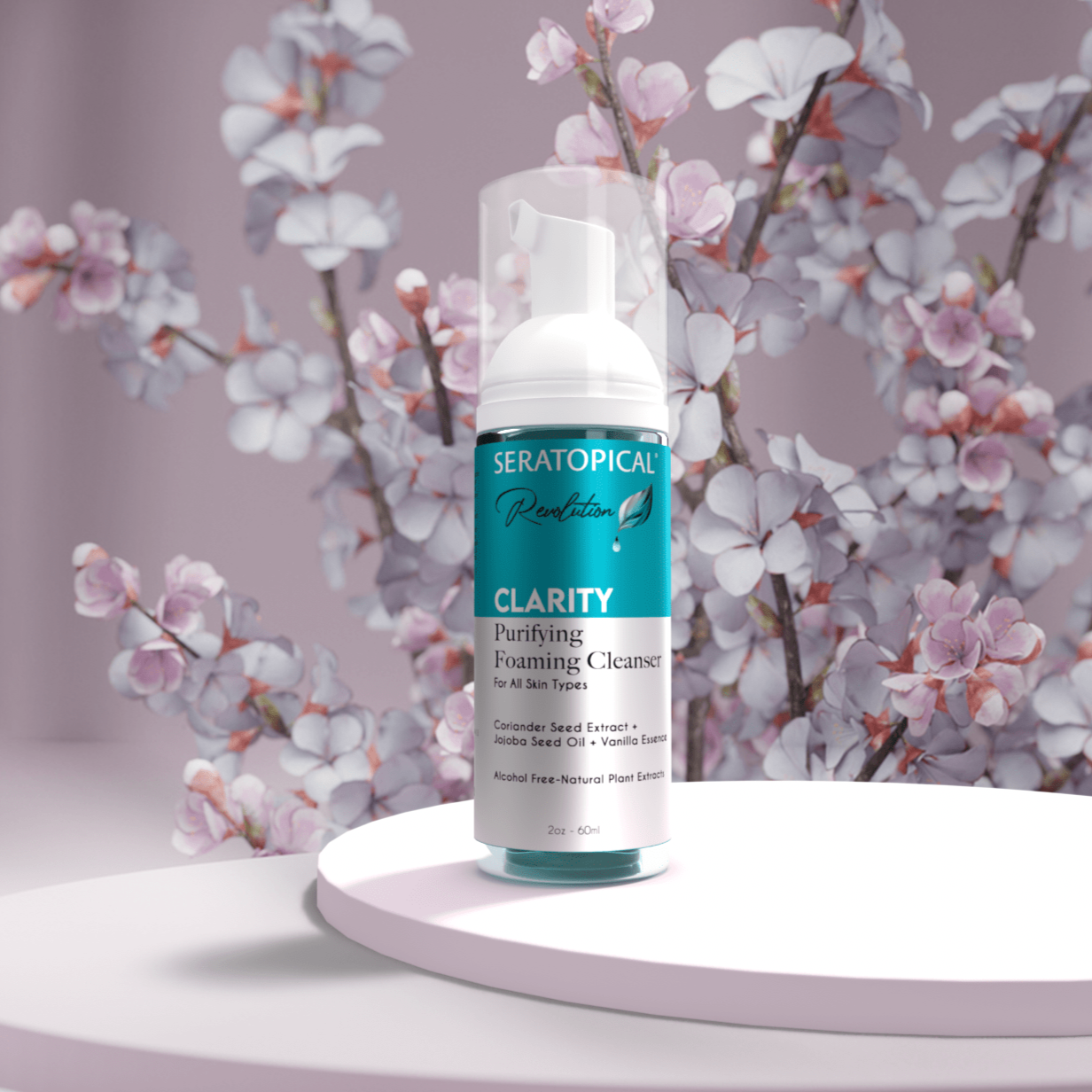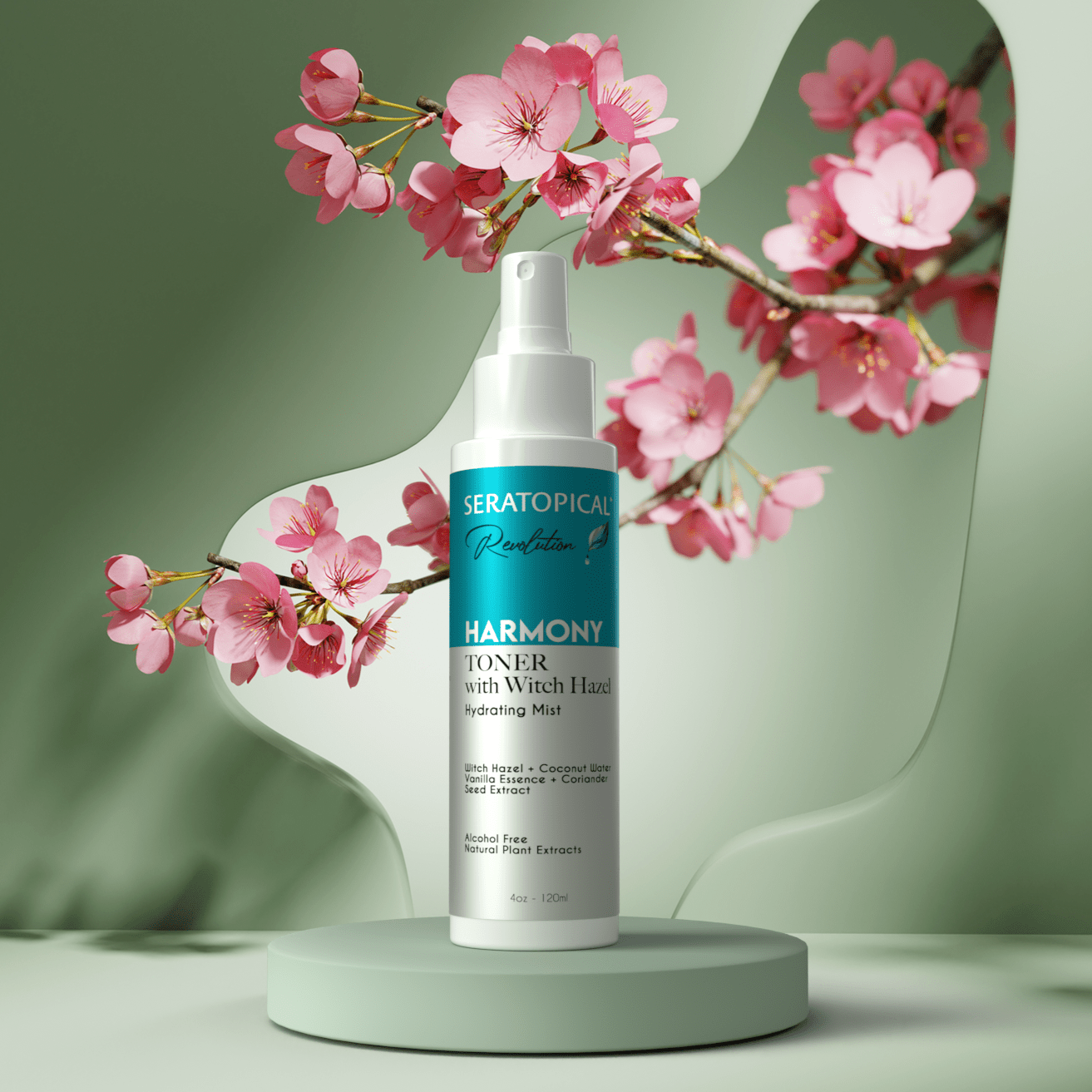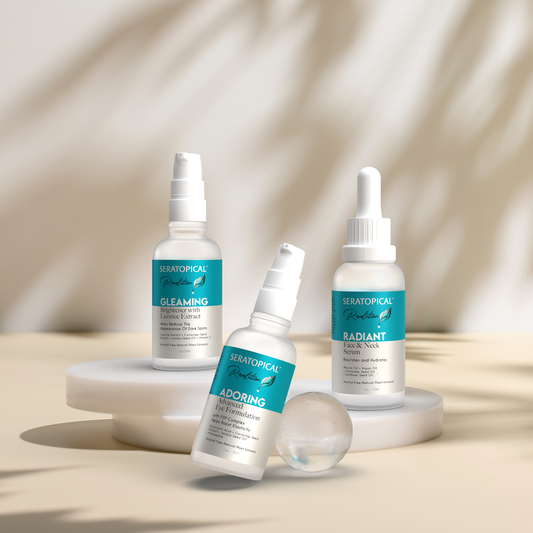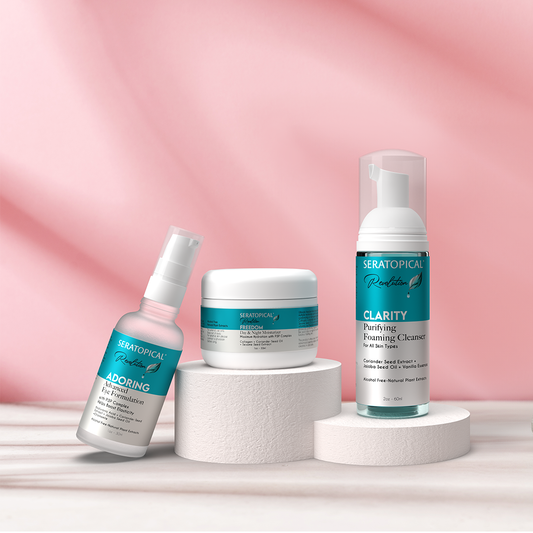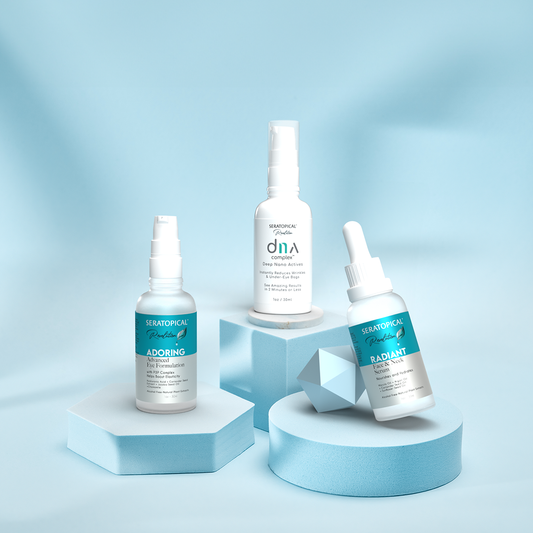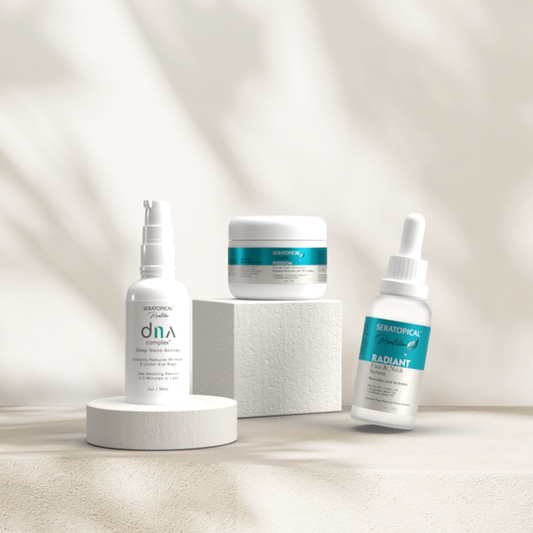While none of us can stop the hands of time altogether, a facelift or dermal fillers can take years away from your appearance. However, you can’t ignore your skin after any procedure, as your skin is still there and subject to all the environmental issues that it had before.
Importance of Skincare After a Cosmetic Procedure
After undergoing a cosmetic procedure, proper skincare becomes paramount in ensuring optimal results and minimizing complications. Post-procedure skincare routines help in maintaining the health and integrity of the skin, aiding in the healing process, and preventing infections. Additionally, tailored skincare regimens prescribed by professionals can address specific concerns such as inflammation, redness, or dryness, promoting faster recovery and enhancing the longevity of the procedure's effects. Consistent use of gentle cleansers, moisturizers, and sunscreens can protect the skin barrier, reduce scarring, and mitigate the risk of adverse reactions, ultimately contributing to a smoother, more radiant complexion post-procedure. Therefore, investing time and effort into post-treatment skincare not only enhances cosmetic outcomes but also safeguards overall skin health and wellbeing.
1. Cleanse and Moisturize Gently:
Following a cosmetic procedure, such as a facial treatment, maintaining a gentle cleanse and moisturize routine with products like Clarity Purifying Foaming Face Cleanser and Freedom Day & Night Moisturizer is paramount. The foaming cleanser effectively removes impurities and excess oils without aggravating sensitive post-procedure skin, aiding in the healing process and preventing potential complications. Pairing it with the nourishing Freedom moisturizer ensures proper hydration and protection, helping to soothe any discomfort, minimize redness, and promote overall skin recovery. By adhering to this gentle skincare regimen, one can support the results of the cosmetic procedure and achieve a smoother, healthier complexion in the long run.
2. Minimize Swelling and Bruising
To minimize swelling and bruising after a cosmetic procedure, several strategies can be employed. Applying cold compresses intermittently to the affected area can help constrict blood vessels, reducing swelling and minimizing the severity of bruising. Additionally, keeping the head elevated and avoiding strenuous activities can prevent further swelling. Some professionals may also recommend arnica montana supplements or topical creams, known for their anti-inflammatory properties, to accelerate the healing process and diminish bruising. Lastly, adhering to post-procedure care instructions provided by your healthcare provider, including gentle massage techniques and avoiding certain medications that can exacerbate bruising, is crucial for optimal recovery.
3. Sun Protection is Crucial
Sun protection is crucial for maintaining skin health and preventing various skin issues, especially after a cosmetic procedure. Exposure to the sun's harmful UV rays can exacerbate swelling, increase the risk of hyperpigmentation, and prolong the healing process. Utilizing broad-spectrum sunscreen with SPF 30 or higher, along with protective clothing and seeking shade during peak hours, helps shield the skin from UV damage. Incorporating sun protection into your daily skincare routine not only preserves the results of cosmetic treatments but also reduces the risk of long-term sun damage, premature aging, and skin cancer.
4. Take it Easy on Makeup
Taking it easy on makeup post-cosmetic procedure is advisable to promote optimal healing and minimize irritation. Heavy makeup can clog pores, exacerbate swelling, and interfere with the skin's natural rejuvenation process. Opting for lighter, non-comedogenic products allows the skin to breathe and facilitates a smoother recovery. Additionally, avoiding makeup altogether in the immediate aftermath of a procedure can prevent potential contamination and further irritation to sensitive skin. As the skin heals, gradually reintroducing makeup products with the guidance of a healthcare provider ensures both aesthetic satisfaction and optimal skin health.
5. Hydration and Diet for Healing
Hydration and diet play crucial roles in the healing process after a cosmetic procedure. Staying well-hydrated helps maintain skin elasticity and aids in flushing out toxins, promoting faster recovery. Consuming a balanced diet rich in vitamins, antioxidants, and protein provides essential nutrients that support collagen production and tissue repair. Including foods high in vitamin C, zinc, and omega-3 fatty acids can further enhance healing and reduce inflammation. By prioritizing hydration and a nourishing diet, one can optimize the healing response, minimize downtime, and achieve long-lasting cosmetic results.
6. Be Gentle with Your Skin
Being gentle with your skin is essential, especially after a cosmetic procedure, to promote healing and prevent irritation. Avoid harsh scrubbing or abrasive products that can disrupt the skin's barrier and exacerbate sensitivity. Opt for gentle cleansers, moisturizers, and skincare treatments specifically formulated for post-procedure care. Pat your skin dry instead of rubbing and avoid excessive sun exposure, hot showers, or steam that can further irritate delicate skin. By treating your skin with care and kindness, you can support its natural recovery process and maintain a healthy, radiant complexion.
Other Skincare Aftercare Tips
Toner
Toner applied after washing your face can smooth, soften, and calm the skin. As we age this step gets ignored, but it’s important to replenish and restore nutrients, HARMONY with a touch of Vanilla Essence, Coriander Seed, and Coconut water will revitalize your skin.
Serum
GLEAMING with its revolutionary skin brightening formula of Licorice Extract, combined with Coriander Seed Oil, and Fruit Extracts, help to fade away age spots and bring life back to dull skin.
Eyes
Give your eyes some love, ADORING with the patented P3P Complex and fortified with Hyaluronic Acid, Coriander Seed Oil, and loaded with antioxidants for smoothing those line and wrinkles around your precious eyes. Just remember we all want to look younger, and we can, with natural plant-based powerful peptides, carefully selected ingredients, and no alcohol, that creates healthier, hydrated, glowing skin.



